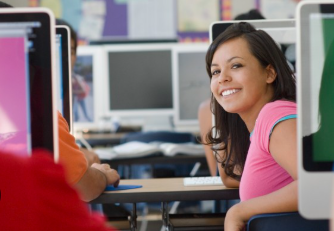Introduction
In an increasingly globalized world, classrooms are more culturally diverse than ever before. Bridging cultural gaps is essential for creating inclusive, respectful, and connected learning environments. Innovation in education—through technology, creative teaching strategies, and collaborative platforms—is playing a powerful role in helping schools foster understanding and unity across cultural differences.
Culturally Responsive Teaching Through Technology
Digital tools are enabling educators to bring diverse perspectives into the classroom. Video conferencing platforms allow students to connect with peers around the world, participate in virtual exchange programs, and explore global issues from multiple cultural viewpoints. Educational content that includes stories, histories, and voices from different communities also helps students see beyond their immediate experiences.
Multilingual Learning Tools
Language can be a barrier to connection. Innovative platforms offer translation features, dual-language resources, and multilingual reading materials that support language development while honoring students’ native languages. These tools help non-native speakers engage more fully and promote mutual understanding among peers.
Interactive and Project-Based Learning
Project-based learning encourages collaboration and dialogue, especially when students work in culturally mixed groups. By solving real-world problems together, students learn to appreciate different ways of thinking and develop empathy. Digital storytelling, cultural heritage projects, and global challenges are examples of activities that highlight shared human experiences while celebrating cultural uniqueness.
Virtual Cultural Experiences
Augmented and virtual reality (AR/VR) tools are bringing the world into the classroom. With these technologies, students can take virtual tours of world heritage sites, explore traditional festivals, and experience daily life in different regions. These immersive experiences promote cultural appreciation and spark curiosity in ways that textbooks often cannot.
Inclusive Curriculum Design
Innovation also applies to curriculum development. Schools are rethinking their lesson plans to include more culturally diverse voices, ensuring that students see themselves reflected in what they learn. Educators use digital libraries, open educational resources, and community input to create learning materials that are both relevant and inclusive.
Professional Development for Educators
For innovation to effectively bridge cultural gaps, educators need training and support. Professional development programs focused on cultural competence, inclusive practices, and the use of digital tools prepare teachers to guide respectful, meaningful conversations and address cultural differences with confidence.
Building Empathy and Global Citizenship
Ultimately, innovation in education fosters a mindset of global citizenship. By encouraging students to learn from and with others across cultural lines, schools help build empathy, reduce prejudice, and promote social harmony. This prepares students not only for academic success but also for life in an interconnected world.
Conclusion
Bridging cultural gaps in education requires both intention and innovation. Through technology, inclusive practices, and global engagement, schools can create environments where diversity is celebrated, communication is open, and every student feels seen and valued. In doing so, education becomes a powerful force for unity in a diverse world.






